
Trekking in Annapurna / Annapurna Region Trekking is the most popular trekking route in Nepal. There are four major trekking routes in central Nepal: to Ghorepani / Poon Hill trekking, Jomsom / Muktinath trekking, Annapurna Sanctuary / Base Camp trekking, and around Annapurna Himal itself.
Pokhara is also a good starting place for short treks of one to seven days is including the Around Annapurna, Thorung la pass trekking, Narphu valley trekking, Tilicho lake pass trekking, Mardi himal Trekking, Ghorepani trekking, Around Dhaulagiri trekking, Annapurna sanctuary trekking, Royal trek, Siklish trek, Panchase trek, Ghandrung trek, Sarangkot trek, Dhampus trek, Mustang trekking, Kaligandaki valley trekking, Jomsom trekking, Muktinath trekking , Mustang Trekking, Jugal Himal Trekking.

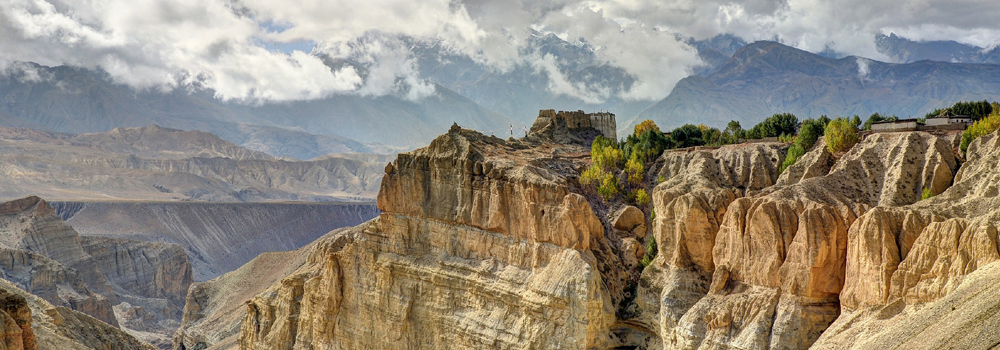
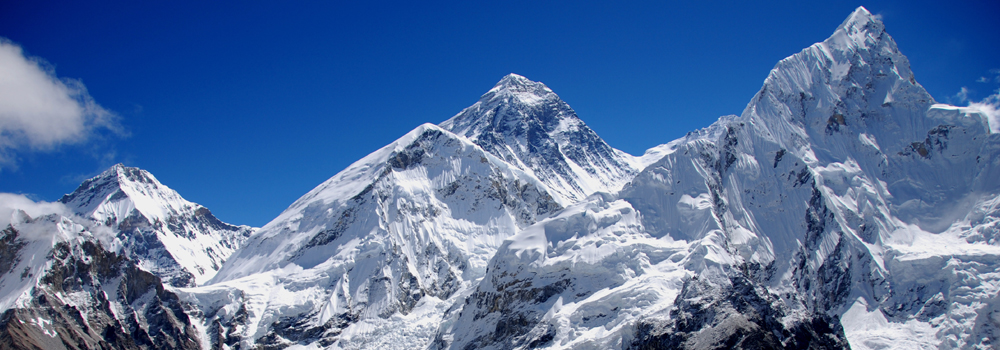
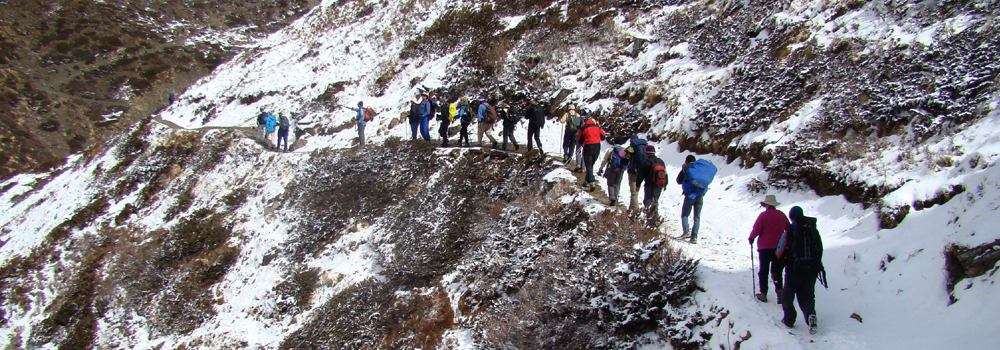
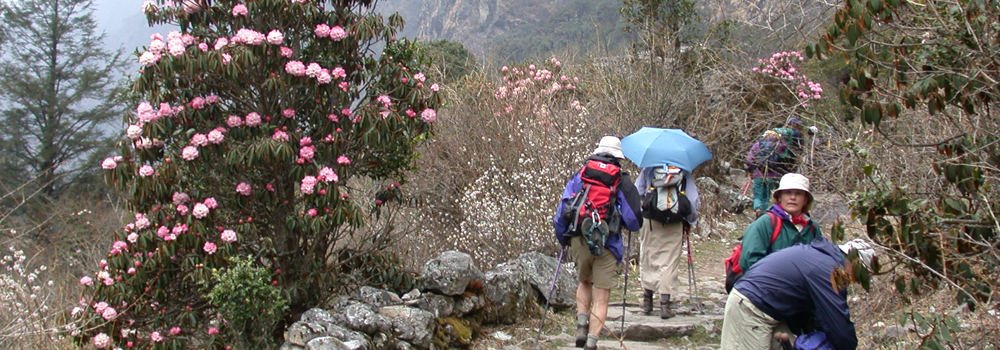
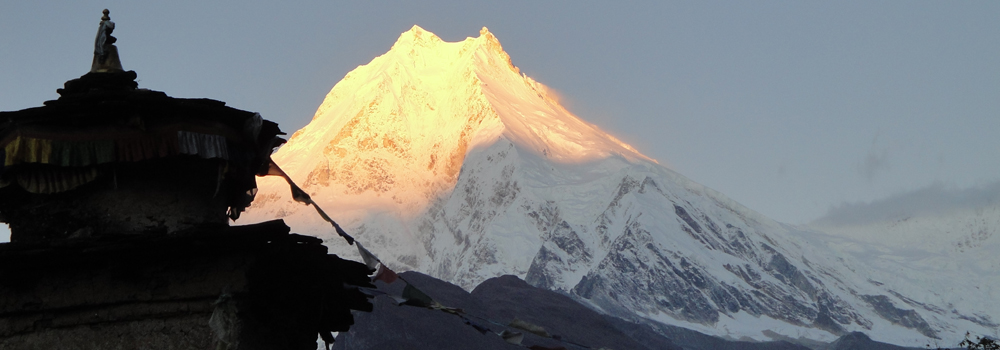
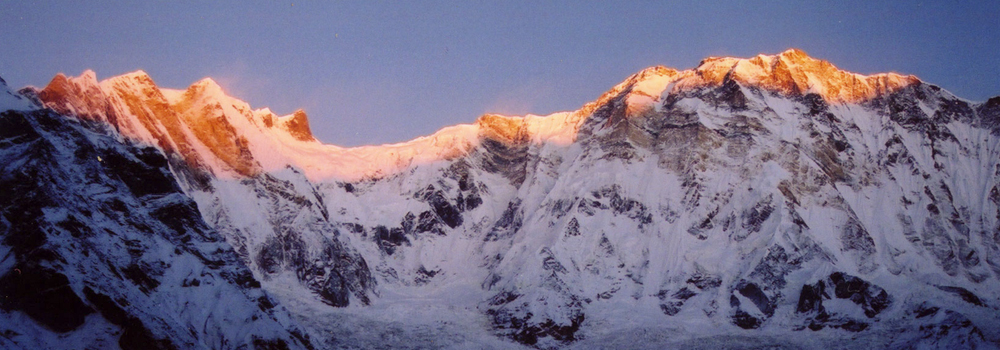
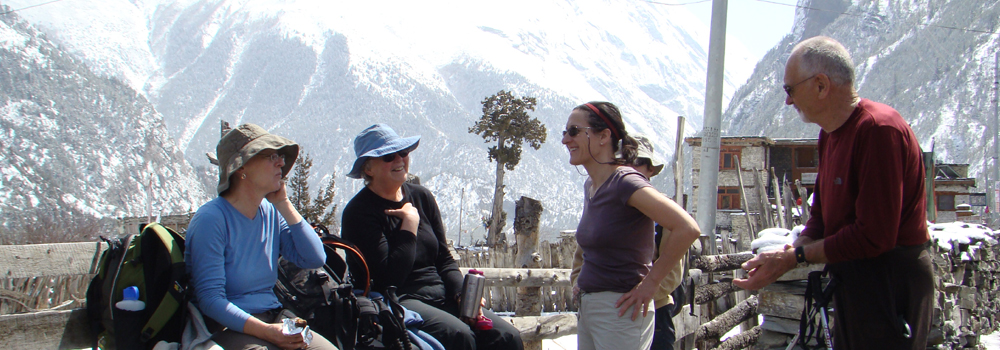

 With the great diversity of landscapes in Nepal, trekking has truly grown in popularity and will always be a fantastic adventure in Nepal. Most treks take place through the Middle Hills region where areas lie between 500m and 3000m above sea level. Excellent trails in this region will lead you across mountains Trekking In Nepal and through quaint Nepalese villages. Trails can be traversed without the use of ropes or other mountaineering equipment. At certain times and on certain paths you may experience snow, but it is usually not a major hazard.
With the great diversity of landscapes in Nepal, trekking has truly grown in popularity and will always be a fantastic adventure in Nepal. Most treks take place through the Middle Hills region where areas lie between 500m and 3000m above sea level. Excellent trails in this region will lead you across mountains Trekking In Nepal and through quaint Nepalese villages. Trails can be traversed without the use of ropes or other mountaineering equipment. At certain times and on certain paths you may experience snow, but it is usually not a major hazard.  The Everest Trekking / Trekking in Everest region or Khumbu Himalaya range is the most popular trekking area in Nepal. It would probably be the most popular destination, but it is more difficult to get to Solu Khumbu than to the Annapurna area. To get near Everest, you must either walk for 10 days or fly o Lukla, a remote mountain airstrip where flights are notoriously unreliable. Solu Khumbu is justifiably famous, not only for its proximity to the world's highest mountain (8848 m.), but also for its Sherpa villages and monasteries. The primary goal
The Everest Trekking / Trekking in Everest region or Khumbu Himalaya range is the most popular trekking area in Nepal. It would probably be the most popular destination, but it is more difficult to get to Solu Khumbu than to the Annapurna area. To get near Everest, you must either walk for 10 days or fly o Lukla, a remote mountain airstrip where flights are notoriously unreliable. Solu Khumbu is justifiably famous, not only for its proximity to the world's highest mountain (8848 m.), but also for its Sherpa villages and monasteries. The primary goal
 Trekking in Annapurna / Annapurna Region Trekking is the most popular trekking route in Nepal. There are four major trekking routes in central Nepal: to Ghorepani / Poon Hill trekking, Jomsom / Muktinath trekking, Annapurna Sanctuary / Base Camp trekking, and around Annapurna Himal itself.
Pokhara is also a good starting place for short treks of one to seven days is including the Around Annapurna, Thorung la pass trekking, Narphu valley trekking, Tilicho lake pass trekking, Mardi himal Trekking, Ghorepani trekking, Around Dhaulagiri trekking, Annapurna sanctuary trekking, Royal trek, Siklish trek, Panchase trek, Ghandrung trek, Sarangkot trek, Dhampus trek, Mustang trekking, Kaligandaki valley trekking, Jomsom trekking, Muktinath trekking , Mustang Trekking, Jugal Himal Trekking.
Trekking in Annapurna / Annapurna Region Trekking is the most popular trekking route in Nepal. There are four major trekking routes in central Nepal: to Ghorepani / Poon Hill trekking, Jomsom / Muktinath trekking, Annapurna Sanctuary / Base Camp trekking, and around Annapurna Himal itself.
Pokhara is also a good starting place for short treks of one to seven days is including the Around Annapurna, Thorung la pass trekking, Narphu valley trekking, Tilicho lake pass trekking, Mardi himal Trekking, Ghorepani trekking, Around Dhaulagiri trekking, Annapurna sanctuary trekking, Royal trek, Siklish trek, Panchase trek, Ghandrung trek, Sarangkot trek, Dhampus trek, Mustang trekking, Kaligandaki valley trekking, Jomsom trekking, Muktinath trekking , Mustang Trekking, Jugal Himal Trekking.
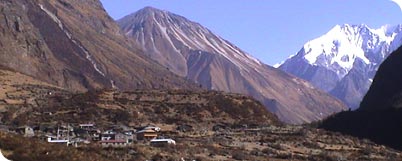 The Gosainkunda lake are the site of an August Full-moon festival, known as Janai Purnima, attended by some 10,000 religious pilgrims and Jhakris (shammans). Legend tells of Lord Shiva thrusting his trident into the earth from whence these jewel-like lakes arose. Trekking In Langtang - Helambu Region
The Gosainkunda lake are the site of an August Full-moon festival, known as Janai Purnima, attended by some 10,000 religious pilgrims and Jhakris (shammans). Legend tells of Lord Shiva thrusting his trident into the earth from whence these jewel-like lakes arose. Trekking In Langtang - Helambu Region
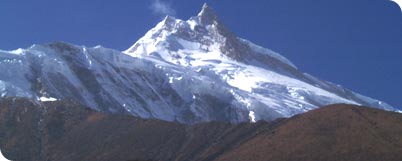 This trek was officially opened to tourist in 1991, but mountaineering expeditions have had long access to the area. In 1950, a party led by HW.Tilman trekked from Thonje to Bimtang and Col. Jimmy Roberts crossed Larkya La looking for an interesting mountain to climb. Manaslu (8156m) was attempted by Trekking In Manaslu Region Japanese Expeditions every year from 1952 until 1956, when the first ascent was made. Having become to be known as "Japanese Mountain", much of the information about the area was available in Japanese. The Japanese continued to dominate the climbing scene of Manaslu until 1971. A few trekkers, including peripatetic Hugh Swift, managed to obtain the trekking permit for the region, but otherwise this trek always has been the domain of the mountaineering expeditions.
This trek was officially opened to tourist in 1991, but mountaineering expeditions have had long access to the area. In 1950, a party led by HW.Tilman trekked from Thonje to Bimtang and Col. Jimmy Roberts crossed Larkya La looking for an interesting mountain to climb. Manaslu (8156m) was attempted by Trekking In Manaslu Region Japanese Expeditions every year from 1952 until 1956, when the first ascent was made. Having become to be known as "Japanese Mountain", much of the information about the area was available in Japanese. The Japanese continued to dominate the climbing scene of Manaslu until 1971. A few trekkers, including peripatetic Hugh Swift, managed to obtain the trekking permit for the region, but otherwise this trek always has been the domain of the mountaineering expeditions.
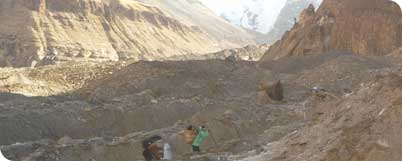 This remote and challenging trek for the more adventurous walker circles Dhaulagiri, the seventh highes mountain in the world. Its name means "white Mountain": towering in solitary splendour, this magnificent peak rises as a giant shoulder of shining ice and snow. Dhaulagiri is rarely visited and the valleys and villages surrounding it are unspoiled and unchanged .Our trek takes us across the kali Gandaki River and then north into the heart of the massif; from the base camp we come to the high point of our trek, the traverse of French Pass 5,360m, the hidden Valley and Dhampus Pass 5182m a high level; route which brings us back to the upper Kali Gandaki Valley in Jomsom. From here we, either, fly bnack to Kathmandu via Pokhara or we can continue from Jomsom till Birerthaqnti or to Pokhara.
This remote and challenging trek for the more adventurous walker circles Dhaulagiri, the seventh highes mountain in the world. Its name means "white Mountain": towering in solitary splendour, this magnificent peak rises as a giant shoulder of shining ice and snow. Dhaulagiri is rarely visited and the valleys and villages surrounding it are unspoiled and unchanged .Our trek takes us across the kali Gandaki River and then north into the heart of the massif; from the base camp we come to the high point of our trek, the traverse of French Pass 5,360m, the hidden Valley and Dhampus Pass 5182m a high level; route which brings us back to the upper Kali Gandaki Valley in Jomsom. From here we, either, fly bnack to Kathmandu via Pokhara or we can continue from Jomsom till Birerthaqnti or to Pokhara.
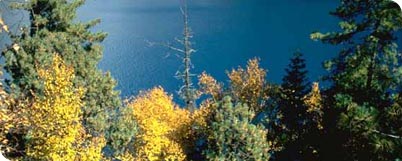 The northern part of Dolpo is usually called Inner Dolpo and has always had an aura of mysticism. The high valleys of Dolpo are some sign of the most remarkable in the himalya with sweeping views stretching to the arid Tibetan plateau. Trekking here offers a real adventure, in a remote, unspoiled part of Nepal that Trekking In Dolpo Region
has remained largely untracked and unexplored. Our trek begins with a flight to jumla via Nepalgunj. The first part of trek is not difficult and provides delightful walking before joining ancient trade routes and the steep ascent to cross the Kagmara La (5225m0, our entrance to upper Dolpo. The scenery begins to change with the hills becoming shades of red, brown and gray. Eventually you can hear prayer flag fluttering at the top of the pass, and the view opens up dramatically looking east towards the snow peaks of the kanjiroba Himal and the five peaks of Dhaulagiri. We soon walk through the pleasant green pastures to the beautiful Phoksundo (Rigmo) lake. The scenery is outstanding with the deep blue waters of the lake contrasting with the weathered red and brown hills.
The northern part of Dolpo is usually called Inner Dolpo and has always had an aura of mysticism. The high valleys of Dolpo are some sign of the most remarkable in the himalya with sweeping views stretching to the arid Tibetan plateau. Trekking here offers a real adventure, in a remote, unspoiled part of Nepal that Trekking In Dolpo Region
has remained largely untracked and unexplored. Our trek begins with a flight to jumla via Nepalgunj. The first part of trek is not difficult and provides delightful walking before joining ancient trade routes and the steep ascent to cross the Kagmara La (5225m0, our entrance to upper Dolpo. The scenery begins to change with the hills becoming shades of red, brown and gray. Eventually you can hear prayer flag fluttering at the top of the pass, and the view opens up dramatically looking east towards the snow peaks of the kanjiroba Himal and the five peaks of Dhaulagiri. We soon walk through the pleasant green pastures to the beautiful Phoksundo (Rigmo) lake. The scenery is outstanding with the deep blue waters of the lake contrasting with the weathered red and brown hills.
 Between Kathmandu and Pokhara are three major groups of peaks: Ganesh Himal, Langtang, Manaslu and Himal Chuli and the large Annapurna Himal. This trek is recommended by many trekkers though it is not as popular as Annapurna and Everest. It is famous for Tamang Culture, spectral Trekking In Ganesh Himal Region. views of mountains, rhododendron forest and a convenient distance from Kathmandu.
Between Kathmandu and Pokhara are three major groups of peaks: Ganesh Himal, Langtang, Manaslu and Himal Chuli and the large Annapurna Himal. This trek is recommended by many trekkers though it is not as popular as Annapurna and Everest. It is famous for Tamang Culture, spectral Trekking In Ganesh Himal Region. views of mountains, rhododendron forest and a convenient distance from Kathmandu.
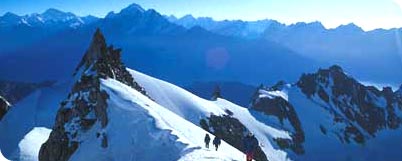 Paldor lies at the south-east end of Ganesh Himal marking the junction of the Tiru and Karpu Dandas at the head of the Mailung Khola, a tributary of the Trisuli Gandaki river. The name Ganesh is taken from the elephant-headed Hindu god of good luck, probably the most popular deity in the Kathamndu valley. On a clear day the Ganesh Himal, with the icy fangs of Pabil (7,101m/23,300ft), Logsang Karpo (7,150m/23,458ft), Ganesh I (7,406m/24,298ft) and Ganesh V (6,950m/22,802ft) can be seen forming an imposing backdorp to the north-west of Kathmandu.
Paldor lies at the south-east end of Ganesh Himal marking the junction of the Tiru and Karpu Dandas at the head of the Mailung Khola, a tributary of the Trisuli Gandaki river. The name Ganesh is taken from the elephant-headed Hindu god of good luck, probably the most popular deity in the Kathamndu valley. On a clear day the Ganesh Himal, with the icy fangs of Pabil (7,101m/23,300ft), Logsang Karpo (7,150m/23,458ft), Ganesh I (7,406m/24,298ft) and Ganesh V (6,950m/22,802ft) can be seen forming an imposing backdorp to the north-west of Kathmandu.





